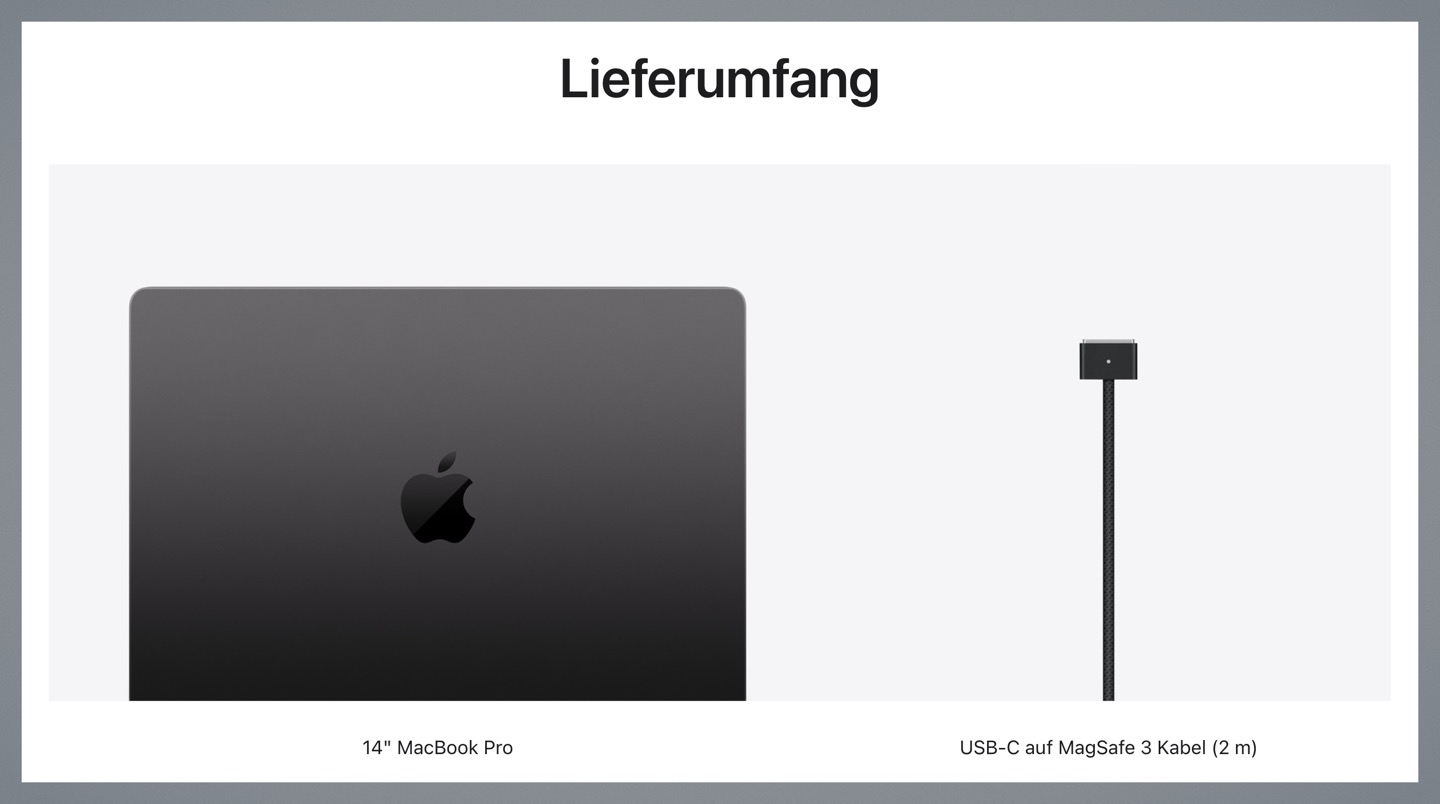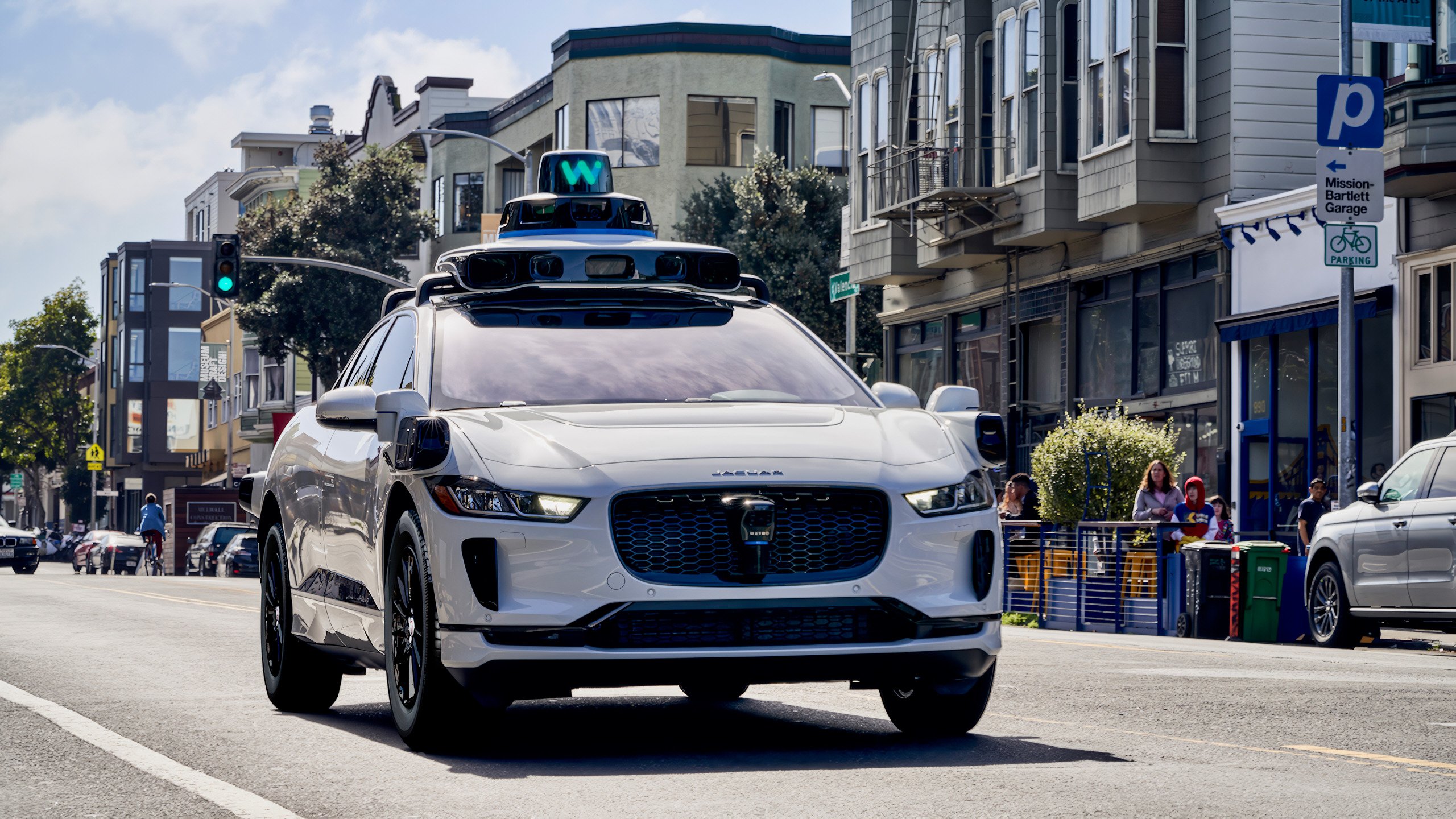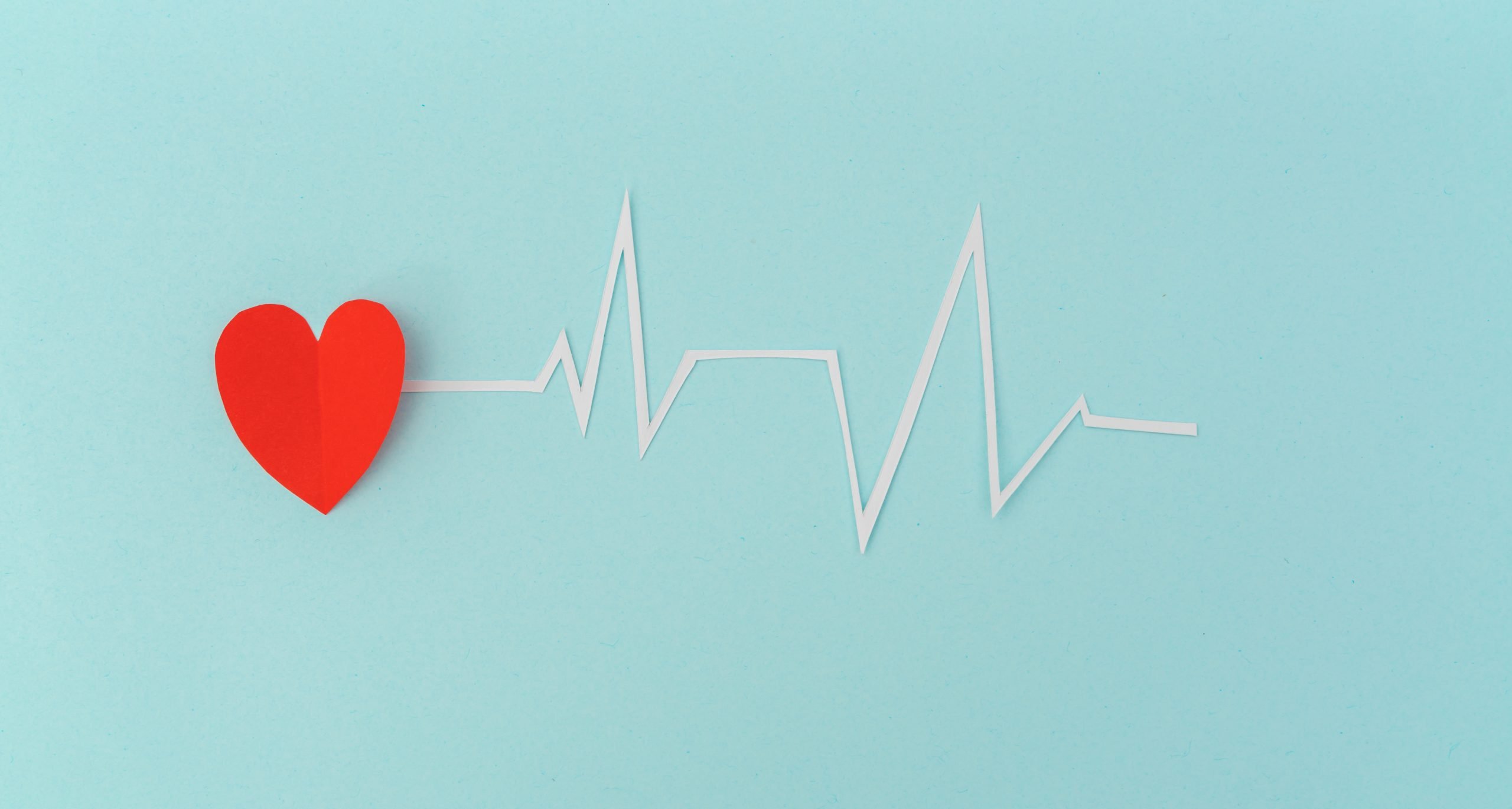driving without sleep quite as dangerous as doing it while intoxicated. Logically, lack of sleep increases fatigue. But what if we drive for a long time, even if we slept the night before? We might think that non-stop driving is not dangerous, but it is.
Driving for a long time without a break is dangerous. In fact, this is the reason why professional drivers often mandatory breaks once so often. But after how many hours does it become dangerous to drive without stopping? And, most importantly, what is the danger surpass out of this number of hours?
Logically, this is not an exact number. It depends on many factors, including driver skills. But even the most experienced drivers can suffer from fatigue if they decide to drive non-stop for long hours. This is dangerous for everyone and must be taken into account.
Why is driving non-stop dangerous?
The dangers of continuous driving are not much different from the dangers of driving without sleep. In both cases, fatigue increases, and with it driving reflexes are reduced.
As DGT explains, fatigue affects driving ability through six factors: vision, behavior, movement, hearing, bodily sensations and decision making. All this has a negative impact, it can increase the accident rate. So much so that it is believed that, at least in Spain, 20% to 30% of accidents They are caused by fatigue.
When should we rest?
Professional drivers are planning by the respective authorities of their country how often they should stop. For example, in Spain, the Ministry of Transport, Mobility and Urban Development states that after a period of driving 4 hours one and a half, you must take a break at least 45 minutes.
In addition, in total, you cannot drive without stopping for more than 9 hours a dayexcept for two days a week, which can be up to 10. Thus, a week should not exceed 56 hours.
All this is controlled through tachographs and can mean a fine of 300 to 4600 euros, depending on the seriousness of the offence.
Decision on the maximum number of hours that can be driven without stopping it’s no coincidence. This is the conclusion of numerous studies in which it is found that, in four hoursfatigue begins to take its toll driving. For example, in 2014, a study was conducted in China to analyze the fatigue of bus drivers with different driving times. In particular, it was analyzed how they were after 2, 3 and 4 hours of driving without a break.
It was observed that after 2 hours both subjective fatigue and driving performance began to deteriorate. After 4 hours of non-stop driving, all performance indicators have changed significantly, other than depth perception. With regard to rest, it was observed that in order to restore performance after two hours of driving, a stop for 15 minutes, but with 3 or 4 hours they were needed at least 30 minutes.
It should be noted that this study was conducted only with 33 drivers. This is a very small number. In addition, fatigue was measured subjectively. However, the results are consistent with other studies, so it can be concluded that 4 hours of continuous driving should not be exceeded.

What should non-professional drivers do?
DHT and Royal Automobile Club of Spain encourage non-professional drivers to take rest stops after driving for 2 hours or 200 km. These stops should be at least 20 or 30 minutes.
However, there are situations in which it may be necessary to stop earlier. For example, if it’s night you’re driving with the sun in front of you or you haven’t had enough sleep the evening before. In these cases, drowsiness may increase earlier. As a rule, by observing our feelings, we can tell ourselves when to stop. And the fact is that fatigue is manifested by symptoms such as itchy eyes, blurred vision, need to constantly move in a chair or blink frequently. Of course, also if we feel very sleepy.
In addition, devices that measure this drowsiness are beginning to be developed. In his book Let Nothing Take Your Sleep, Chronobiology Marie Angeles Bonmati mentions certain sensors located on the steering wheel that notify when the temperature of the hands increases above certain limits. The extremities are known to become hot as a result of drowsinesstherefore, in this case, a stop signal is sent to the driver.
If we don’t have these sensors, we have no choice but to look at the rest of the warning signs. Or, if not, stop from time to time. It is always better to prevent than to cure, and if you have a car on your hands, then even more so.
Source: Hiper Textual













